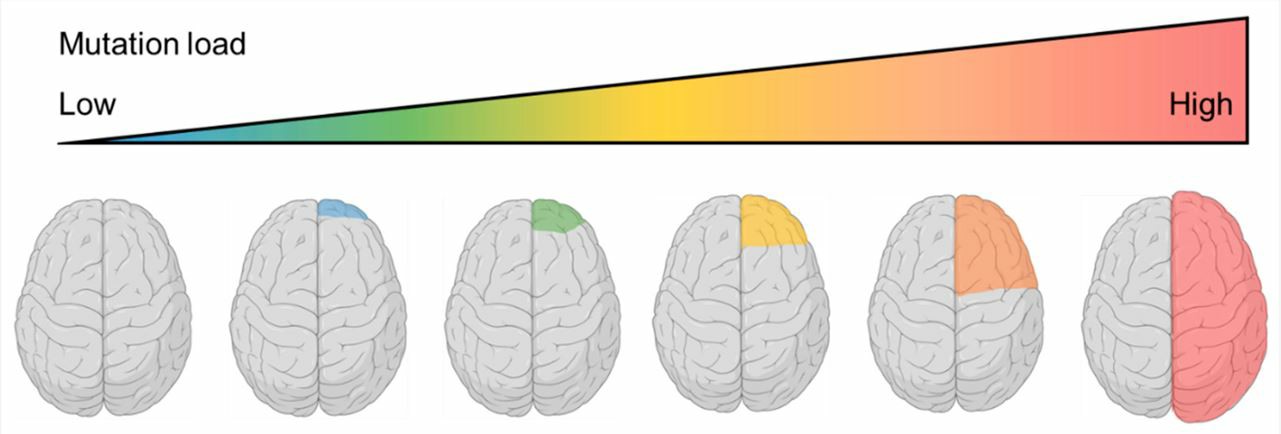MTOR and Associated Diseases
The mechanistic target of rapamycin kinase (mTOR), encoded by the MTOR gene, is an atypical serine/threonine protein kinase. As an important eukaryotic cell signal, mTOR can affect the body's movement, metabolism, nerve, and immunity by regulating cell growth, apoptosis, and autophagy. The dysregulation of mTOR has a strong correlation with the occurrence and development of neurological diseases, tumors, diabetes, osteoarthritis, and other diseases. In recent years, mTOR inhibitors have been used in the treatment of solid tumors, organ transplantation, rheumatoid arthritis, and other diseases. To help the scientific research of gene therapy, Creative Biolabs is deeply involved in the field of gene therapy research. We offer a full range of services from molecular mechanisms to validation in mouse models.
Important Function of MTOR
The MTOR gene is located on human chromosome 1 (1p36) and contains 60 exons. mTOR, encoded by the MTOR gene, is a member of the phosphatidylinositol kinase-related kinase (PIKK) protein family. mTOR participates in biological processes such as gene transcription, protein translation, and ribosome synthesis, and plays an extremely important role in cell growth, apoptosis, autophagy, and metabolism. During the immune process of the body, mTOR can participate in immune suppression by regulating the expression of cytokines in T cells. mTOR can form two complexes with different proteins, mTOR complex 1 (mTORC1) and mTOR complex 2 (mTORC2). They have similar mechanisms, but are regulated by different molecules and have different effects. mTORC1 is a rapamycin-sensitive complex formed by the combination of mTOR and Raptor, which mainly regulates cell growth and metabolism. mTORC2 is a rapamycin-insensitive complex formed by the combination of mTOR and Rictor, which mainly regulates cell survival, proliferation, and cytoskeleton remodeling.
MTOR-related Diseases
Mutations in the MTOR gene are associated with Smith-Kingsmore syndrome (SKS) and Type II focal cortical dysplasia (FCDII). SKS is a neurodevelopmental genetic disorder caused by missense mutations in the MTOR gene. Symptoms of SKS patients mainly include brain overgrowth, developmental delays, intellectual disability, and seizures. At the same time, these patients also have accompanying symptoms such as hypoglycemia and skin vascular malformations. MTOR mutations in SKS patients are usually distributed in all cells of the body. The main manifestation of FCDII is cortical developmental malformation caused by cerebral cortical neuron migration disorder or nerve cell proliferation disorder. FCDII can also cause epilepsy. In these genetic diseases, degenerated mTOR leads to the overactivation of its related signaling pathways, which further leads to abnormal enlargement of neurons, resulting in abnormal neurodevelopment.
 Fig.1 Focal cortical dysplasia (FCD) and hemimegalencephaly (HME) as a continuum of cortical dysplasias caused by commonly shared genetic variants with different mutation load. (Lee, 2022)
Fig.1 Focal cortical dysplasia (FCD) and hemimegalencephaly (HME) as a continuum of cortical dysplasias caused by commonly shared genetic variants with different mutation load. (Lee, 2022)
There are more than 30 signaling pathways involved in the upstream and downstream of mTOR. The interactions among these pathways are intricate. Therefore, mTOR can regulate various cell physiological activities and participate in the occurrence and development of various human diseases, such as cardiovascular diseases, glucose and lipid metabolism disorders, nervous system diseases, cancer, and so on. For example, the PI3K/Akt/mTOR signaling pathway is a key pathway for cell proliferation. Abnormal activation of this pathway is closely related to the occurrence and development of tumors. Therefore, drugs (such as rapamycin) that selectively target mTOR are expected to inhibit the high proliferation of tumor cells.
Adhering to the corporate vision of creating unlimited possibilities for biotechnology, Creative Biolabs has accumulated a lot of experience in gene editing. Our scientists can provide comprehensive support for the development of gene therapy. Please contact us with your MTOR gene research requirements. To meet the personalized choice of gene therapy researchers, we can further develop personalized programs and customized services.
Reference
- Lee, WS.; Baldassari, S.; et al. Cortical dysplasia and the mTOR Pathway: How the Study of Human Brain Tissue Has Led to Insights into Epileptogenesis. International Journal of Molecular Sciences. 2022. 23(3). Distributed under Open Access license CC BY 4.0, without modification.
